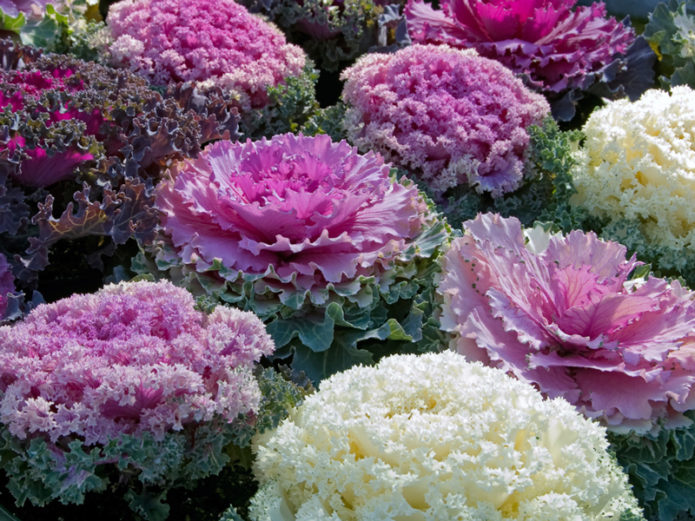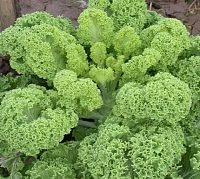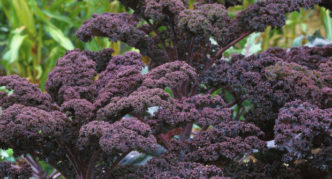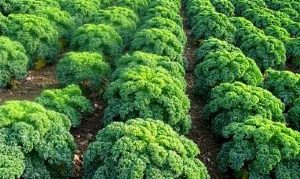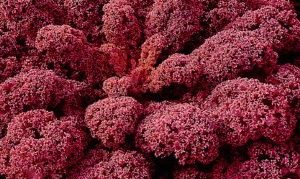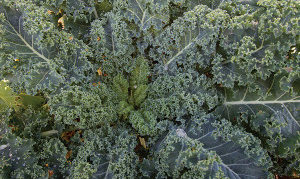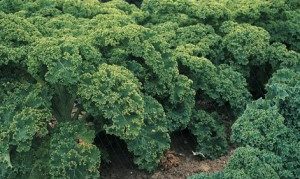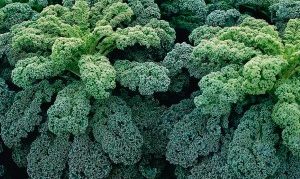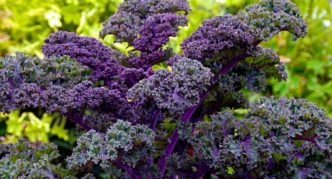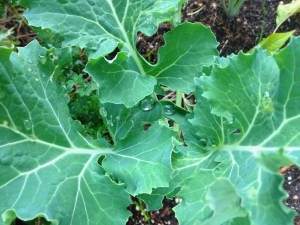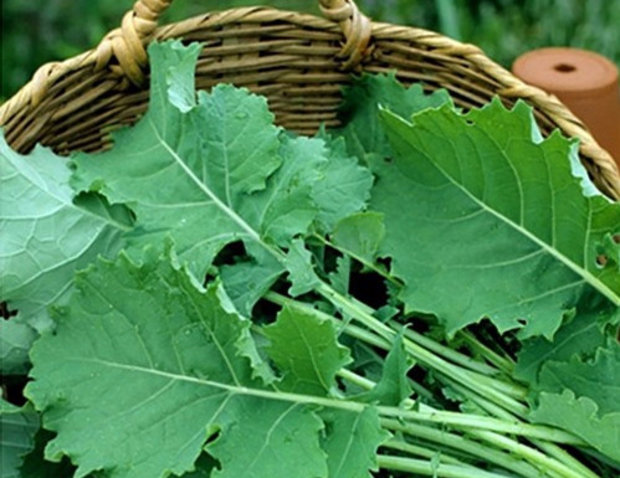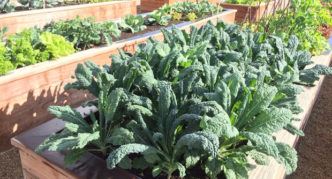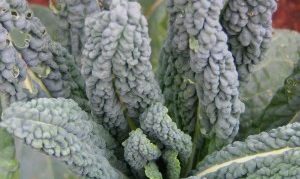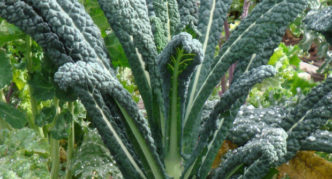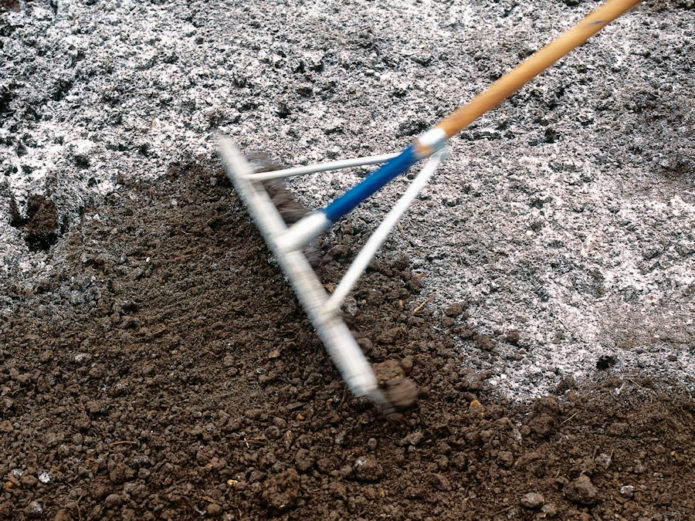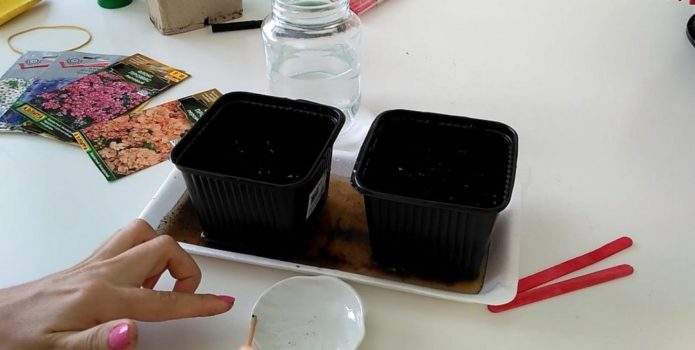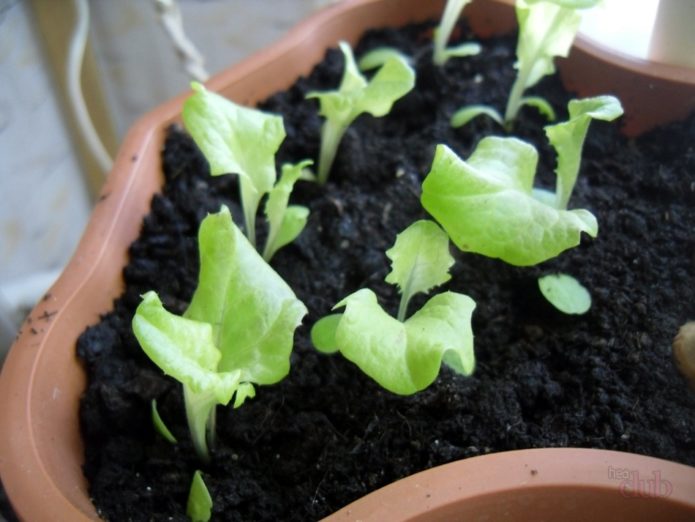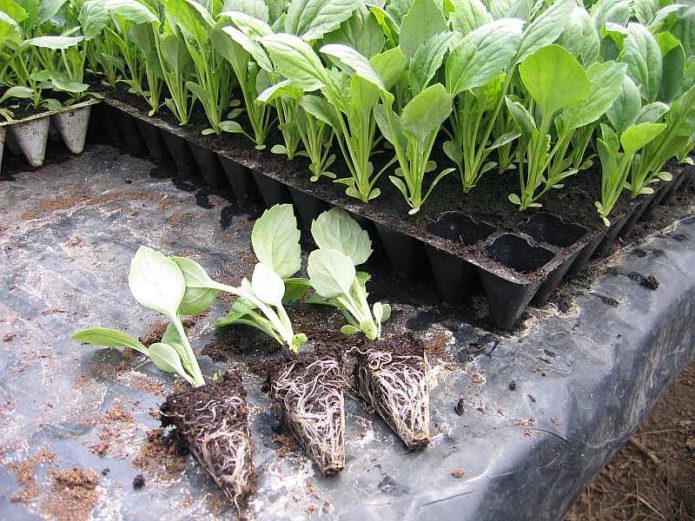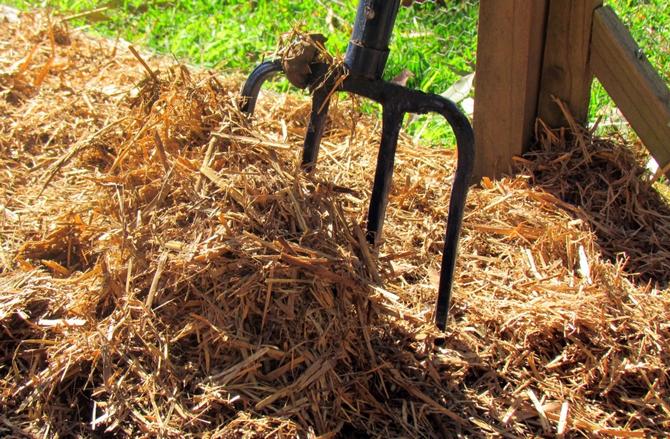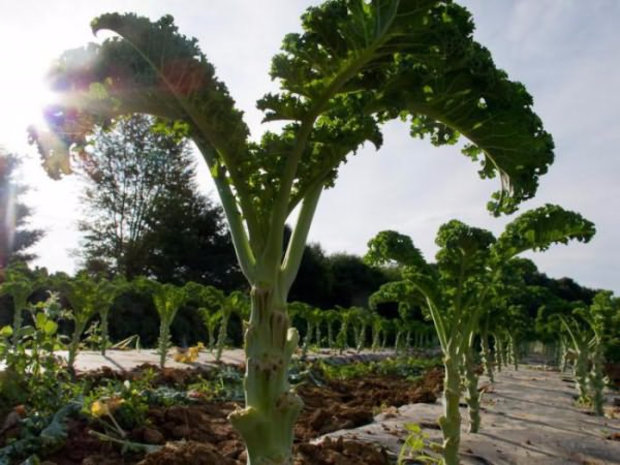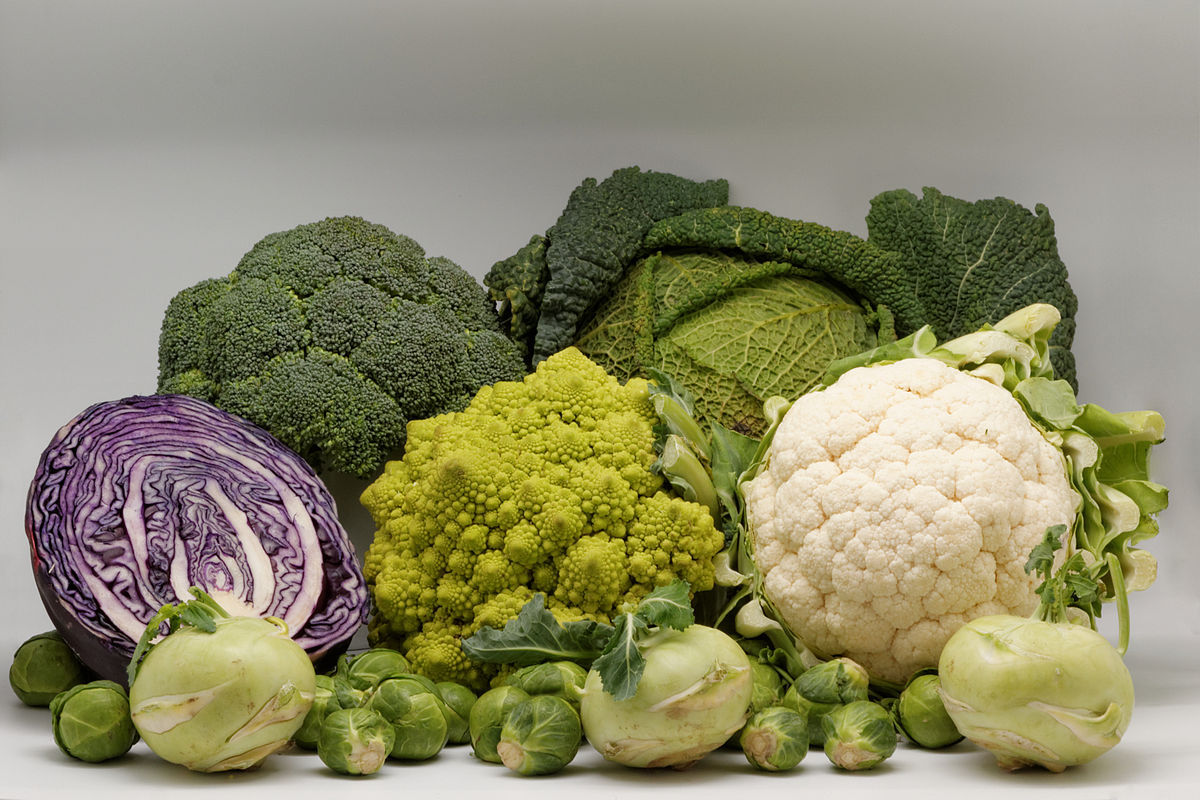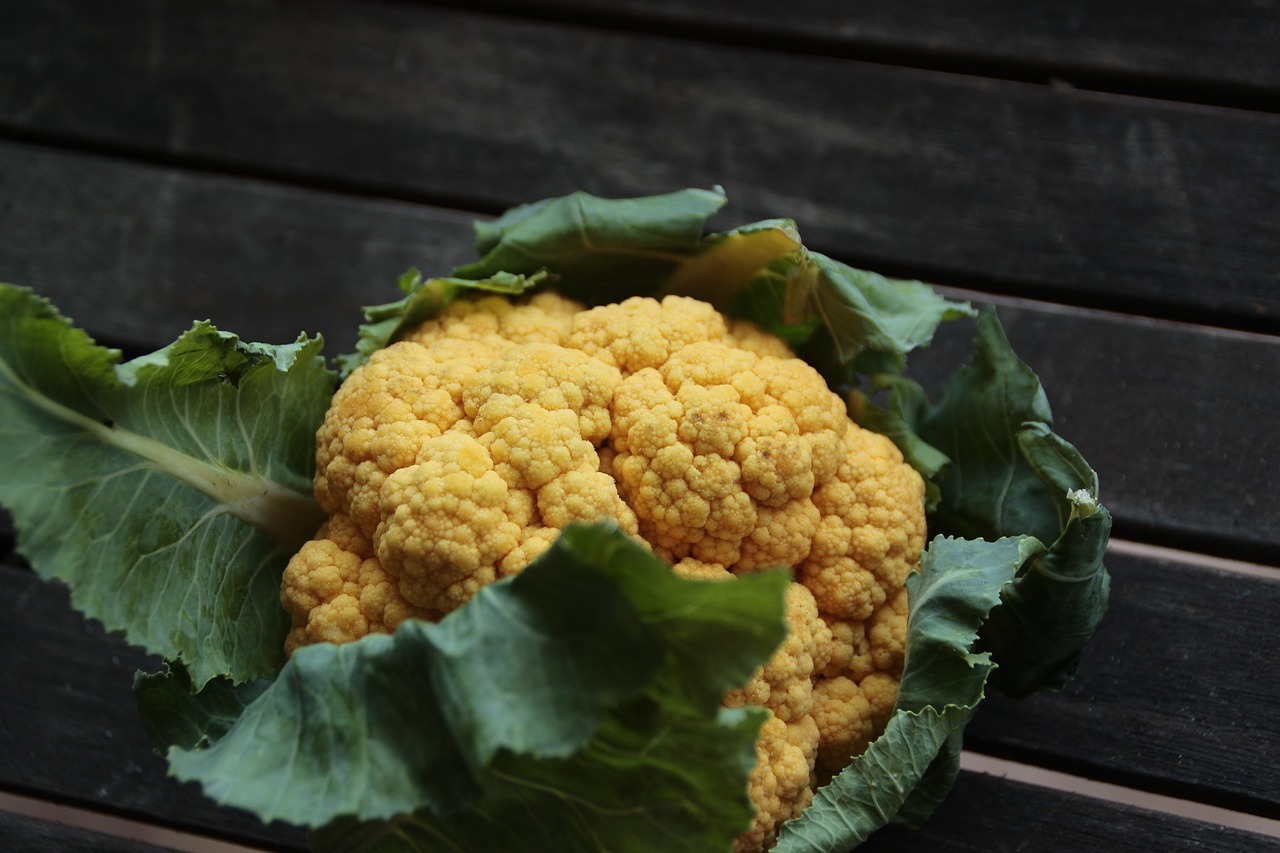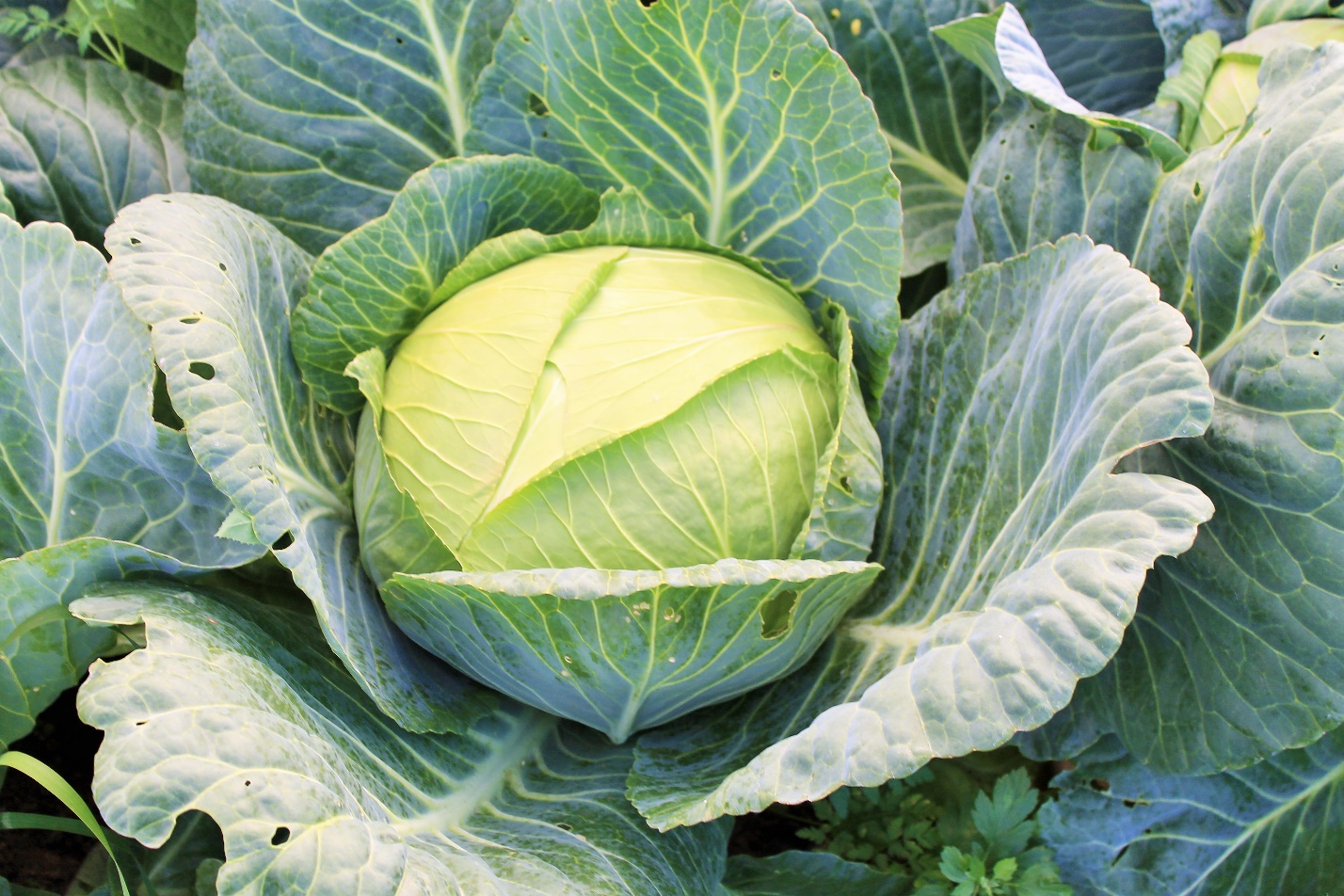An increasing number of previously unknown plants are grown in garden plots. The seeds are bought abroad or obtained through friends. Kale collard greens have recently begun to be grown not only for decorative purposes, but also for gastronomic purposes. Domestic seeds are purchased in the store. Her taste is peculiar, for an amateur. However, the usefulness of feces is not in doubt.
Content
Collard greens and its features
Unlike ordinary, familiar to us white cabbage, kale (kale) collard does not form a head of cabbage. Its decorative leaves on long stalks are edible, they are eaten by animals and people. This closest relative of wild cabbage was popular during the Middle Ages. In modern Western Europe, collard greens are eaten with pleasure under the names Grunkol and Braunkol (Brunkol). In America and England, it is known as "Russian red cabbage".
Feces are rich in calcium, protein and omega-3... In terms of the content of vitamins and minerals, they are superior to white cabbage.
This nutritious and healthy product was widely consumed in England during the Second World War.
In Russia, kale was traditionally grown as ornamental cabbage. Its large wavy leaves in various shades - from green to purple - look beautiful in the garden, but they are tough and have an aggressively bitter taste, therefore they need to be pretreated before being used for food.
Only plates of young tender leaves are eaten. A sauce made of vegetable oil and vinegar significantly improves the taste of kale, leaving a slight peculiar bitterness in the aftertaste. It is recommended to prepare kale with avocado and lemon. After freezing, cabbage leaves acquire a pleasant aroma and become softer.
Popular varieties
There are about 50 varieties of kale cabbage, which differ in size, color and shape of leaves, ripening time and taste. Some varieties grow up to two meters in height, undersized varieties do not exceed 40 centimeters. Leaves can be red, green and purple; in shape, they are flat, pimply, curly, with terry edges. When the temperature drops, the green-purple leaves turn purple. A peculiarity of curly varieties: after frost, their leaves wrinkle even more.
Curly-leaved varieties
The most widely represented varieties are with curly leaves. Their delicate greens can be eaten until frost.
Photo gallery: curly kale
- Kale cabbage of the Cadet variety does not grow above 90 cm
- Calais Tintoreto reaches up to 100 cm in height
- Scarlet variety no higher than 90 cm
- Green Russian 60-80 cm tall
- The height of the feces Red Russian 60-80 cm
- Calais Blue dwarf below 45 cm
- Green dwarf below 45 cm
- Calais Reflex F1 reaches 80 cm
- Kale Redbor F1 up to 80 cm tall
Varieties with flat leaves
Winter-hardy varieties have been bred that can be grown in the Urals and Siberia. Dwarf plants in cold regions are grown through seedlings. Their leaves, caught in frost, become tastier.
Kale Siberian is characterized by increased winter hardiness. Calais Premier is a fast growing collard greens.
Varieties with pimpled thin leaves
In warm regions, feces with pimpled leaves can grow up to two meters, they are called "kale palm". Dino is the most delicious representative of this variety, Tuscany is the most winter-hardy, Reed kale is the most exotic.
Photo gallery: varieties with pimpled leaves
- Kale Dino is the tastiest variety with thin leaves
- Young leaves of kale Tuscany black are consumed as a salad, larger leaves as cabbage
- The original variety of Kale Reed with a thick, high stem is very useful
Planting collard greens
This cabbage prefers neutral, humus-rich soils. It is better to prepare the beds for planting in the fall.
- We choose a place well-lit by the sun, light partial shade is acceptable. 1 m2 add 3-4 kg of humus / compost.
- Complex mineral fertilizers at the rate of 100 g per 1 m2 it is better to bring it under digging in the spring.
- If the soil is acidic, add deoxidizers to it - dolomite flour, lime. Delicious delicate kale leaves will form only on well-fertilized organic soil. On sour poor soil, cabbage will grow bitter, with small leaves.
Dolomite flour, which contains calcium, is the most suitable deoxidizer for cabbage. On heavy loamy soils, 500 g of deoxidizing agent per 1 m2 is applied every 6–8 years. Mineral fertilizers applied for two to three years after liming will be poorly absorbed by plants. Ash is an excellent top dressing, at the same time reducing the acidity of the soil.
Kale grows well at temperatures from +5 ° C to +35 ° C and tolerates frosts down to -15 ° C. In regions with a harsh climate, it is preferable to grow it through seedlings.
The best predecessors in the garden, which is prepared for kale, are potatoes, tomatoes, beets, spinach, and legumes.
Seeds can be sown in the ground when the soil warms up to 5 ° C, usually in April - early May, it all depends on the region.
- The seeds are planted at a depth of 1.5 cm in rows 45 cm apart.
- Landings must be covered with foil or spunbond.
- Seedlings appear on the 5-7th day.
The sooner tall feces are planted, the larger they will reach.
Growing features
Kale is an unpretentious culture. It is hardy and pest resistant. Collard greens can be grown in your garden without any problems. If she succeeds in overwintering, in the second year she will bloom and it will be possible to collect her seeds.
Growing and picking seedlings
It is better to sow seeds for seedlings one and a half months before planting in the ground. Despite the frost resistance, it is advisable to plan the transfer of kale seedlings to the garden only after the end of the frost.
- We are preparing containers for sowing, wide plastic bowls with sides 5-10 cm high are suitable.
- We fill them with soil with an acidity index of PH 5.5-6.8.
- Before planting, it is advisable to process the seeds with potassium permanganate and rooting, but, as a rule, they are distinguished by high germination.
- We water the ground in a tray with warm water, make grooves 1.5 cm deep at a distance of 2 cm from each other.
- We spread the seeds and sprinkle them with soil.
- We put the bowls in a warm place and regularly spray the ground with a spray bottle.
- Seedlings will appear on the 5-6th day. 20 ° C is the best temperature for seed germination.
- After the emergence of seedlings, we thin out them, leaving the strongest at a distance of 2 cm.
- We grow them within two weeks, avoiding drying out and waterlogging of the soil.
- Then, in the presence of one or two true leaves, we proceed to dive the seedlings.
Diving is not an essential element in the care of seedlings, but transplanting seedlings into separate pots allows you to get stronger seedlings. You can use special cassettes.
Recently, seedlings are actively grown in "swaddles" and "snails". This method allows you to significantly save space required for placing seedlings.
Video: growing seedlings in a snail
How to plant kale seedlings in open ground
We plant seedlings in the garden when the danger of frost has passed.
- In a previously prepared bed we dig holes at a distance of 30–40 cm from each other, leave 45–60 cm between the rows. Dwarfs can be planted closer, for tall varieties we leave more space.
- The depth of the hole should be sufficient to plant the plant to the first leaves.
- Water the plants thoroughly after planting.
Dip the roots of the seedlings in an ash-and-earthen bowl before planting.
Video: tips for growing
How to care for kale
Caring for collard greens includes the main stages: watering, feeding, treatment from diseases and pests. The implementation of all procedures guarantees a good harvest.
- During the entire growing season, cabbage must be watered and fertilized. For the normal development of the plant, the soil must always be moist. In hot weather, you need to water every day, the procedure is best done in the evening. Before watering, the soil must be loosened.
- When the plant grows up to 15 cm, the soil around it should be mulched.
- Kale responds well to organic feeding. Immediately after planting, it is desirable to carry out 4 feeding with humic fertilizer at intervals of a week. When the cabbage picks up a leaf mass, it is fed with mullein (a liter of solution per bucket of water) or chicken dung (diluted according to the instructions). This feeding can be repeated after 2 months.
- Keil is disease resistant. If you prepare suitable soil for it, you can avoid root diseases (keels). Tear off discolored and withering leaves regularly to keep the plant from rotting and attract pests.
- Kale is exposed to pests like any other cabbage. She needs to be saved from cruciferous fleas, slugs, caterpillars, whiteflies. It is recommended to stop using chemicals and limit yourself to safe protective equipment. It is useful to plant the kale in flower beds on which marigolds, calendula, and dill grow.
Pollination of plants with a mixture of ash and tobacco helps from sucking pests. It is useful to spray the kale with a solution of onion peel. Ash helps from slugs. A protective mesh saves from whitefly and cabbage.
Harvesting and storage of collard greens
When the plant grows to 20 cm, you can start harvesting. Depending on the variety, this period occurs 55–90 days after sowing seeds or planting seedlings. Harvest in two ways:
- tear off young leaves as they grow back;
- the whole plant is cut off.
In partial harvesting, the top leaves are removed first. Gradually, the trunk will become bare and we will get a kind of palm tree.
If the whole plant is cut, leave a stump 5 cm high. Young leaves can again be torn off as they grow back. In regions with a warm climate, overwintered pruned kale will delight with early greens. If the leaves are not removed in time, they will become tough and bitter. Only leaf plates are used for food. The stems can be used for livestock feed.
The cut leaves can be refrigerated for a week for fresh consumption and frozen for long-term storage.Kale becomes especially tasty after freezing. Its leaves take on aroma, the bitterness disappears.
Reviews about varieties and cultivation
I grew the burgundy Redbor. From the peculiarities of cultivation - if you want to get the really declared sizes (I had 1.5 m on the bag, or something like that), cabbage should be sown in early spring (for my region in March - April). I planted it with my seedlings at the end of July, as there was free space in the garden. Therefore, it managed to grow only up to 40–45 cm, and as such it went under the snow in November. I never tried the leaves, the other cabbage was heaped up. In the 2017 season, I want to try growing a green-leaved form. Leaf agrotechnology is similar to that of other types of cabbage - limed fertile soil, irrigation of top dressing.
Agricultural technology is no different from that of all cruciferous plants. The soil is neutral or slightly alkaline, on acidic soil it is damaged by the keel. For deoxidation, use ash-branches, leaves, tops of wood, but in no case ash from household waste, plywood, chipboard, newspapers, magazines. This ash contains many harmful substances. On slightly alkaline, neutral and slightly acidic soils, I would recommend applying a glass of ash under each plant and sprinkling the soil well with humus or compost. Top dressing is done with infusion of mullein or infusion of weeds ("green" fertilizer) with the addition of a matchbox of complex fertilizer to a bucket of infusion. The location is sunny. The distance between plants, depending on the variety, is 50–80 cm, so it is better to plant the plants not in a garden bed, but in lines along sunny paths, among flowers (only not of the same family with them) or in separate clumps of 3-5 plants. Thus, you will not need to allocate a separate area. Harvested not at one time, but repeatedly breaking off the lower leaves. In autumn, the plants take on the appearance (especially tall varieties) of small palms. A tall, bare trunk and a bunch of leaves at the crown. Depending on the weather, the crop can be harvested all autumn (in the conditions of the Moscow region, sometimes in December). Try to plant, suddenly you like it. It's very simple….
She grew red feces. Used mostly in salads. What can I say about the taste. Even when young, the leaves are coarse, ordinary cabbage tastes like, but not juicy, like ordinary white cabbage. Rough, rather. You can have a couple of pieces in the garden if you plant seedlings for salads. As you read, how much use it is, you want to plant it right away. The overall impression is so-so. The truth is beautiful in the garden. At the first frost it is true not to spoil. In the winter she left, but the frost was 20 degrees, of course she did not survive.
I grew feces last year as a decoration, by the fall it grew a meter long. My husband and I tried a salad of young leaves - bitter and tough ... and stew with vegetables - the bitterness does not go away, it only clogs the taste of zucchini, peppers, tomatoes ... Do not throw slippers at me, but choke on kale when there are so many useful things in the garden during the season goodies - this is self-flagellation, with the same success you can eat a quinoa with dandelions - useful, but really not tasty.
She grew purple Redbor ... The bitterness is slightly noticeable, I would even say pleasant like arugula, there is no bitterness in young leaves.
Delicious is a huge exaggeration. It is impossible to eat it. Coarse, fibrous and bitter. I would advise you to first buy it for trial in the store
If you are going to grow kale for food, you should not buy, it is better to plant something more useful. But if for beauty - buy boldly, it looks gorgeous in flower beds and is combined with many flowers. ... Buy Pak Choi. Much tastier, more problem-free, and certainly no less useful.
I recently started growing Kale cabbage in the country. I will say that it is very useful. People feel good after eating this vegetable. I consider the Reflex hybrid as the best variety. It looks very aesthetically pleasing and very tasty. I recommend to everyone. There is no special care. Standard three feedings with superphosphate and organics based on chicken manure in between the main ones.
Kale collard has both its fans and opponents. It is easy to grow and looks very impressive in the garden. There are many recipes for making delicious dishes out of kale. Its leaves are high in vitamins and rich in calcium and protein. We advise you to pay attention to this cabbage of people adhering to a healthy lifestyle.
